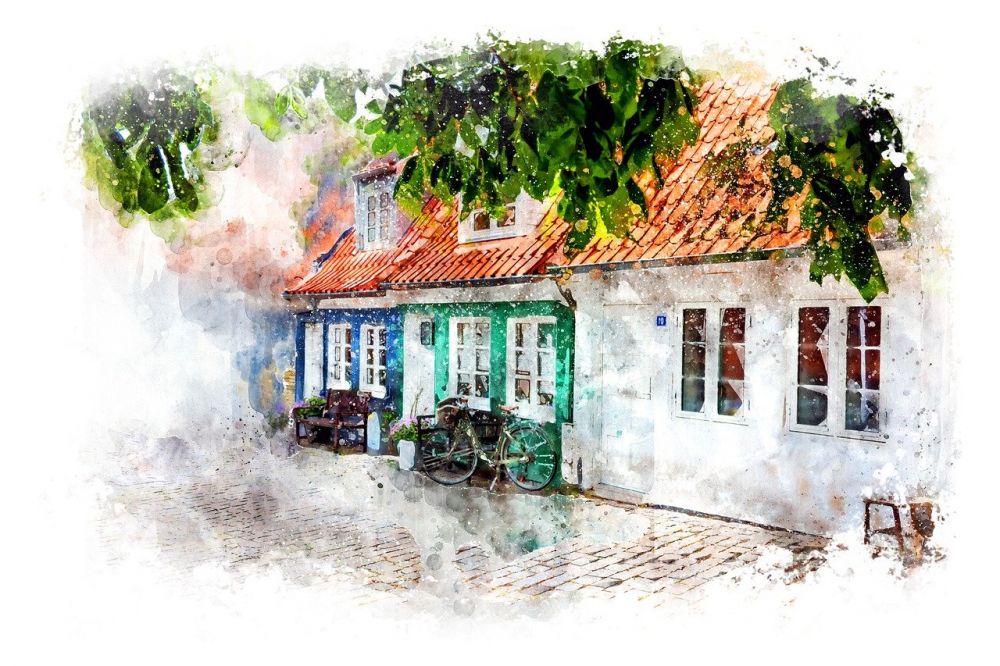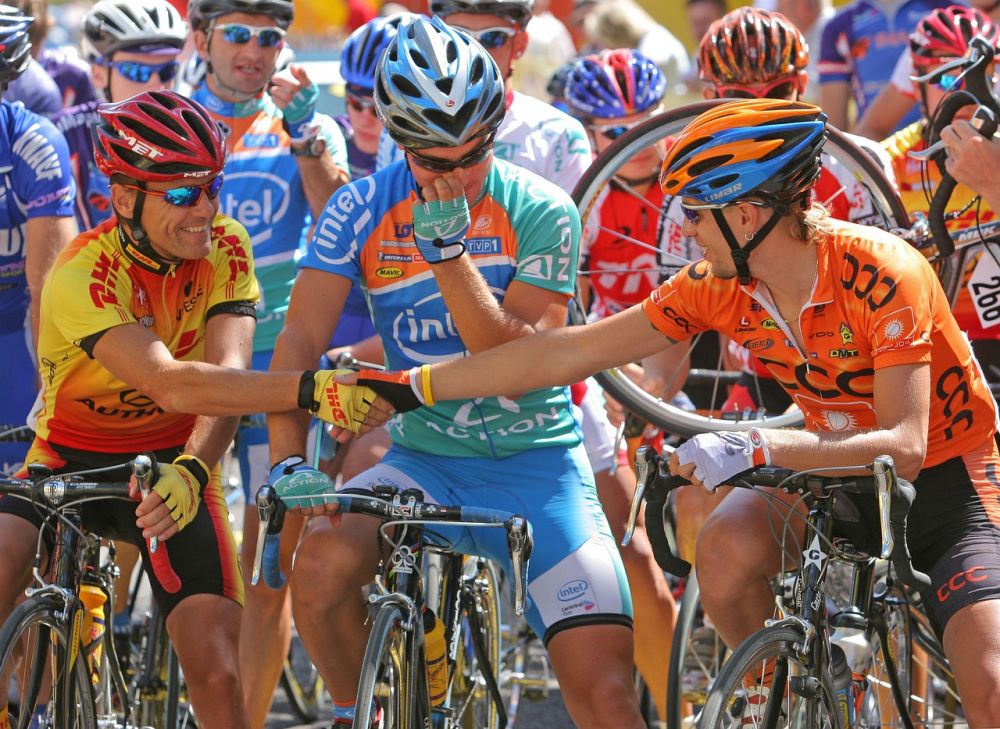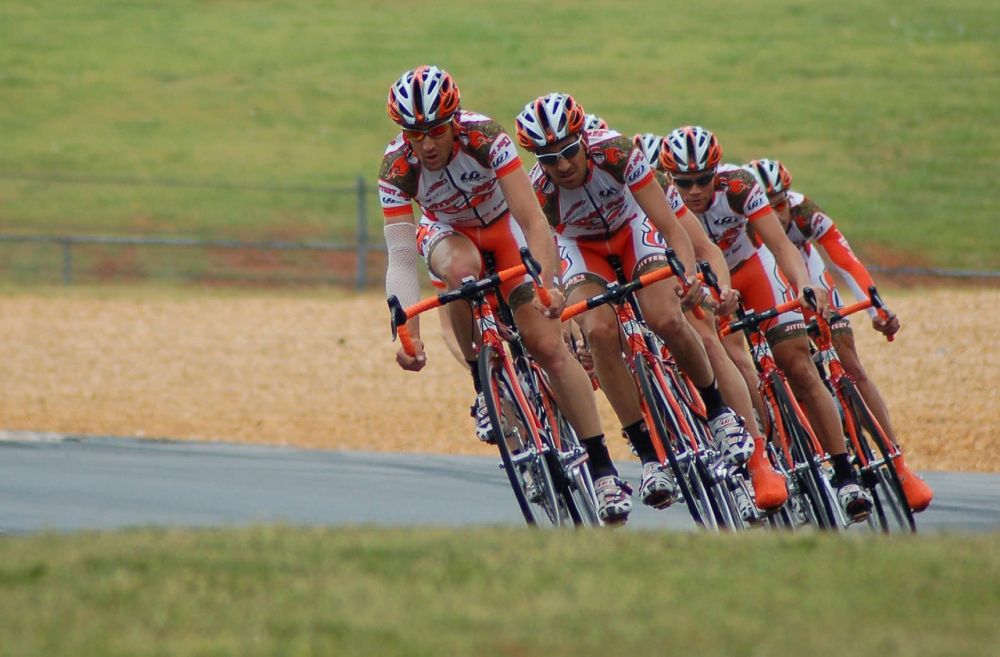Tour de France 4th Stage: A Thrilling Journey Through History

Introduction
The Tour de France 4th Stage is an exhilarating part of the prestigious annual cycling race, the Tour de France. This stage captivates sports and leisure enthusiasts around the world, and offers a fantastic spectacle filled with passion, determination, and breathtaking scenery. In this article, we will delve into the essence of the Tour de France 4th Stage, providing important information for those interested in the event. Whether you are a cycling fan or simply intrigued by this iconic race, join us on this journey through time and experience the rich history of the Tour de France 4th Stage.
A Glimpse into the Tour de France 4th Stage

The Tour de France 4th Stage holds its place in the heart of cycling enthusiasts as one of the most anticipated stages of the race. This stage typically takes place during the first week of the Tour, captivating riders and spectators alike. Known for its challenging terrain and breathtaking landscapes, it tests the skills, stamina, and resilience of the participants.
The Evolution of Tour de France 4th Stage
The history of the Tour de France 4th Stage is a fascinating tale of evolution and endurance. Over the years, this stage has undergone significant transformations, reflecting the evolution of the sport and the changing landscape of the race. Let’s take a closer look at the historical development of this iconic stage:
1. Early Years (1903-1945)
The Tour de France 4th Stage made its debut in 1903 when the race was first established. Back then, the stage covered a modest distance, usually consisting of a few lengthy climbs and challenging descents. The route would often journey through picturesque French countryside, captivating both participants and spectators with its natural beauty.
2. Post-War Era (1946-1960)
Following the end of World War II, the Tour de France experienced a renewed sense of vigor and competition. The 4th Stage evolved to incorporate more challenging mountain passes, creating a thrilling battleground for the riders. This era marked the beginning of legendary battles between renowned cyclists, etching their names in the annals of the Tour’s history.
3. Modern Era (1961-Present)
With advancements in technology and a growing interest in professional cycling, the Tour de France 4th Stage entered the modern era. This stage witnessed the inclusion of iconic mountain climbs such as Mont Ventoux, Col du Tourmalet, and Alpe d’Huez. These grueling ascents added a new level of excitement and drama to the race, captivating millions of viewers worldwide.
Featured Snippet Potential:
To increase the chances of this article being shown as a featured snippet on Google, the following bulleted points summarize the key aspects of the Tour de France 4th Stage:
– The Tour de France 4th Stage is a highly anticipated part of the annual cycling race.
– This stage challenges riders with difficult terrain and promises breathtaking scenery.
– The historical development of the 4th Stage reflects the evolution of the Tour de France.
– Early stages focused on picturesque countryside routes.
– Post-war era witnessed the inclusion of more challenging mountain passes.
– Modern era introduced iconic mountain climbs that captivate viewers globally.
As the Tour de France 4th Stage continues to mesmerize audiences, why not indulge in a thrilling video showcasing the grandeur of this stage’s challenges? Watch with awe as cyclists conquer towering mountains, navigate treacherous descents, and showcase their unwavering determination to emerge victorious.
Conclusion
The Tour de France 4th Stage is an event that encapsulates the spirit of cycling and captures the imagination of sports and leisure enthusiasts worldwide. With its rich history, challenging terrain, and breathtaking landscapes, this stage stands as a testament to the evolution and endurance of the Tour de France. Whether it’s the early years’ picturesque countryside routes or the modern era’s iconic mountain climbs, the 4th Stage never fails to impress. Join us in celebrating the raw power, determination, and beauty of the Tour de France 4th Stage.





